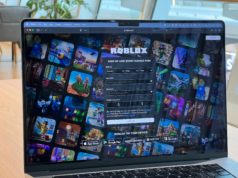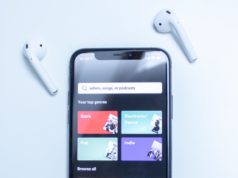 Microsoft has been joined by the BBC, Nokia, BSkyB, BT, Samsung and others to test whether certain parts of the TV spectrum could be used to provide broadband wireless Internet services.
Microsoft has been joined by the BBC, Nokia, BSkyB, BT, Samsung and others to test whether certain parts of the TV spectrum could be used to provide broadband wireless Internet services.
The experimental project in Cambridge, England is designed to address two problems with current broadband networks: they get too congested to work reliably, and their distribution is geographically limited.
Dan Reed, Microsoft’s corporate vice president, Technology Policy Strategy & Extreme Computing Group, said that the latest generation of radio technologies could potentially use “TV white spaces,” frequencies that cannot currently be exploited, without causing interference to licensed broadcasts and other uses.
Ofcom, the relevant United Kingdom regulatory body, has granted permission for the tests. The FCC recently decided to allow TV white spaces to be used, laying the groundwork for these types of services in the U.S.
“Wireless networks using the TV white spaces can provide connectivity similar to Wi-Fi, but with coverage areas measured in kilometers instead of meters,” Reed blogged. This would make it viable to provide inexpensive wireless broadband even to rural areas, as it relieved congestion for urban users.
Relevant Links:
Financial Times article: http://tinyurl.com/5tbnx6n
Telecoms.com: http://tinyurl.com/43yzmvz








